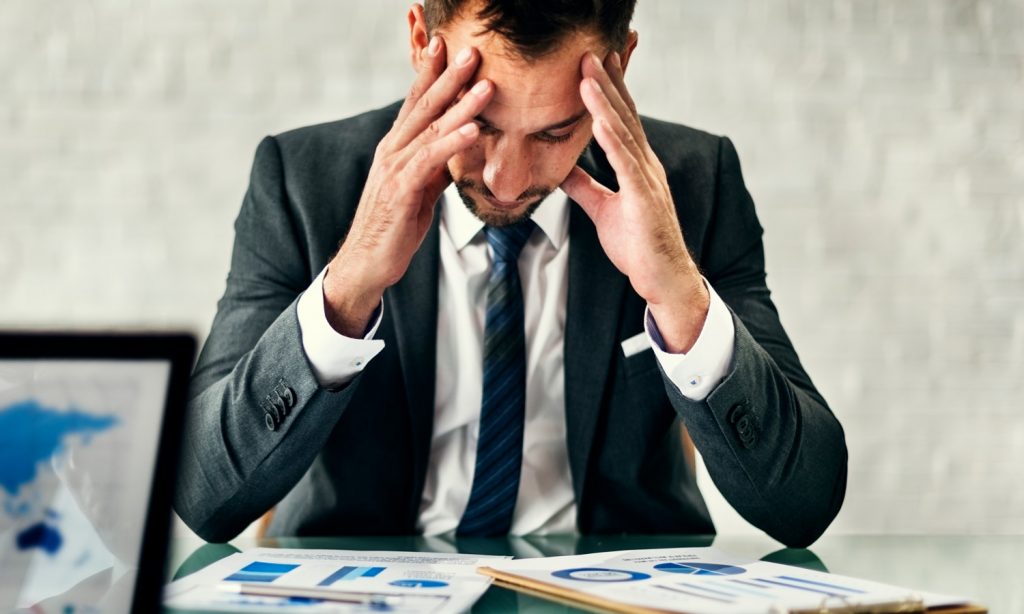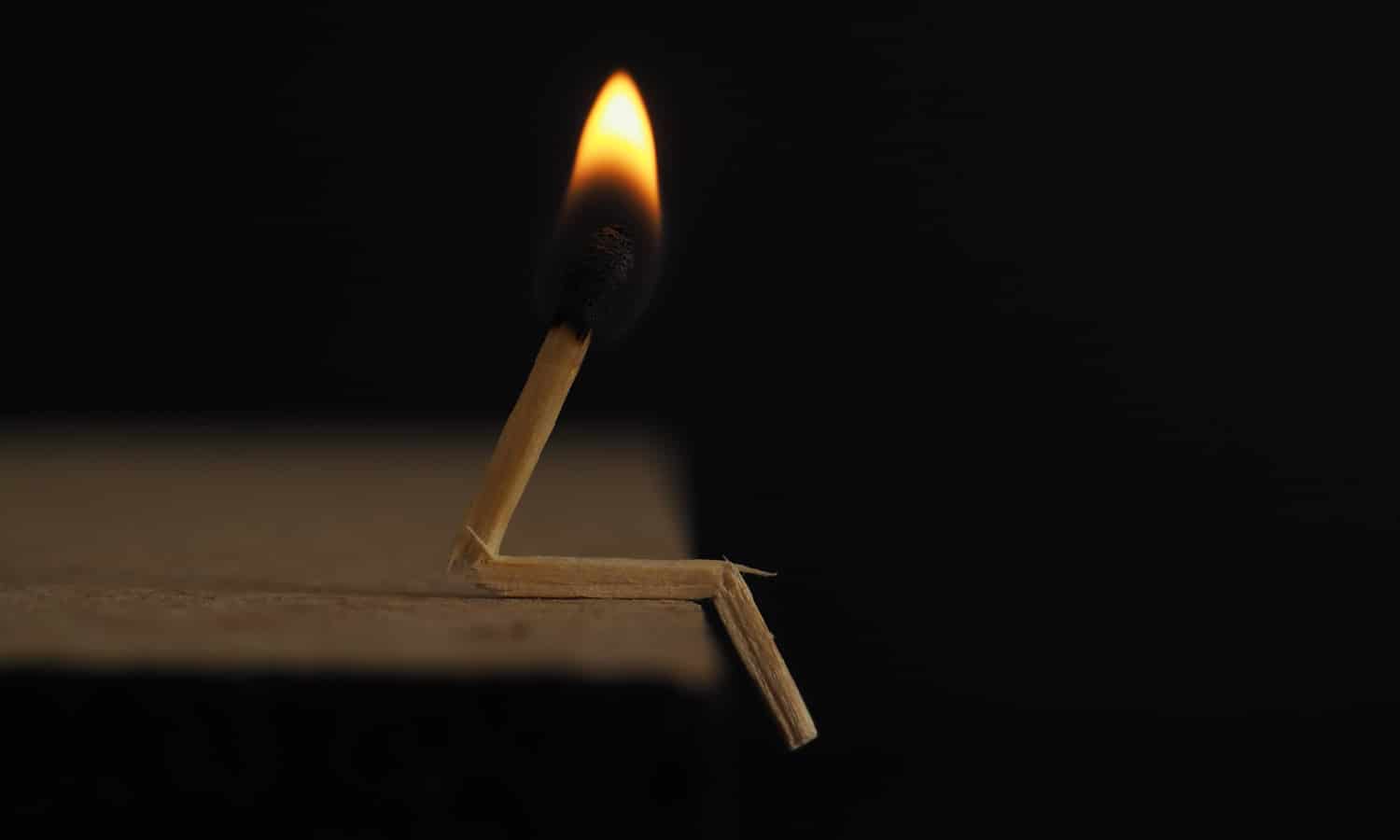The intensity of the global response to the conditions of COVID-19 has prompted a need to address the high levels of burnout experienced by medical professionals.
Beyond the 2.3 million cases of COVID-19 in the US (as of mid-June), and the more than 120,000 coronavirus deaths, there exists an urgent medical situation. The treatment of medical personnel is an additional pandemic element, complicated by the rapid spread of the virus in the population.
Burnout has hit many professionals, but most of all, the medical communities from doctors and nurses, to EMT personnel. Despite all of the pre-planning, there was little contingency planning for the sudden influx of new patients.
Understanding burnout
Patients are being treated during epidemic conditions by professionals who are working behind masks and protective gear. Patients and medical personnel have limited access to their families. Many medical professionals became sick, too; it was the perfect storm for clinical burnout.
Beyond the massive rise of cases, there were several burnout charges. There was a flood of alert information. Medical alert fatigue and the critical need for health professionals to prioritize a high level of both data and respondent care are among the priorities. Dr. Noor Najid el Mehiri, a family physician and the head of the Ministry of Health and Prevention of the UAE, pointed to several challenges.
RELATED: Essential Resources Every Health Care Practitioner Needs To Know
“The sheer volume of information that is generated and the fact that it is changing very rapidly makes it a challenge for clinicians to digest. We needed to make sure that the processes we put in place, in terms of information management, were practical and efficient for our physicians and nurses,” she mentioned.

But it’s not just the acceleration of technology that adds stress; there are other administrative challenges often cited as the cause of burnout. The other various factors are all combined in the metaphorical laboratory centrifuge of assessing and delivering quality medical care under a deadline. The intensity of the global response to the conditions of COVID-19 has prompted a need to address the high levels of burnout experienced by medical professionals.
High-levels of suicide in healthcare
A few years before COVID-19 struck the world, one medical expert indicated that more than 1 million Americans lose their doctors or medical professionals annually to suicide. This statistic is due to the psychological pressures brought on by hazing, bullying, sleep deprivation, and workplace pressures. “Suicide is an occupational hazard of our profession,” said Dr. Pamela Wibre, MD, founder of Ideal Medical Care in Eugene, OR.
There is an added dimension to the general health crisis, and the public does not see it. Doctors are patients too, and the treatment of medical professionals for medical reasons is often not discussed as much as the professional health challenge, in the end, suggests is warranted.
RELATED: Will There Be Enough PPE For Healthcare Workers?
The conditions for doctors may be severe but prescribing medical marijuana for doctors still hits many complications. Changes in criminal, administrative, and employment law do not keep up with the demand. The pressures of the COVID-19 response have complicated the issue. In many states, employee drug policies still trump any laws that would otherwise permit the use of medical marijuana, says Brendan Abel, the assistant legal counsel for the Massachusetts Medical Society.
Practicing physicians in every state must maintain their standard of care, or risk exposing themselves to medical malpractice liability and licensing action. “Part of doing that is to be free of impairment, either from legal or illicit substances,” says Mr. Abel
Mr. Abel strongly suggests that any medical professional exploring the treatments needed by medical marijuana should first research the law as administered by both their employers and the states in which they reside and operate, to understand the risks thoroughly. There have been some good case precedents, including some change in the wording of administrative law, that supports the use, and the prescription of medical marijuana. But the rules and regulations vary so much from state to state, that doing your due diligence is essential.


